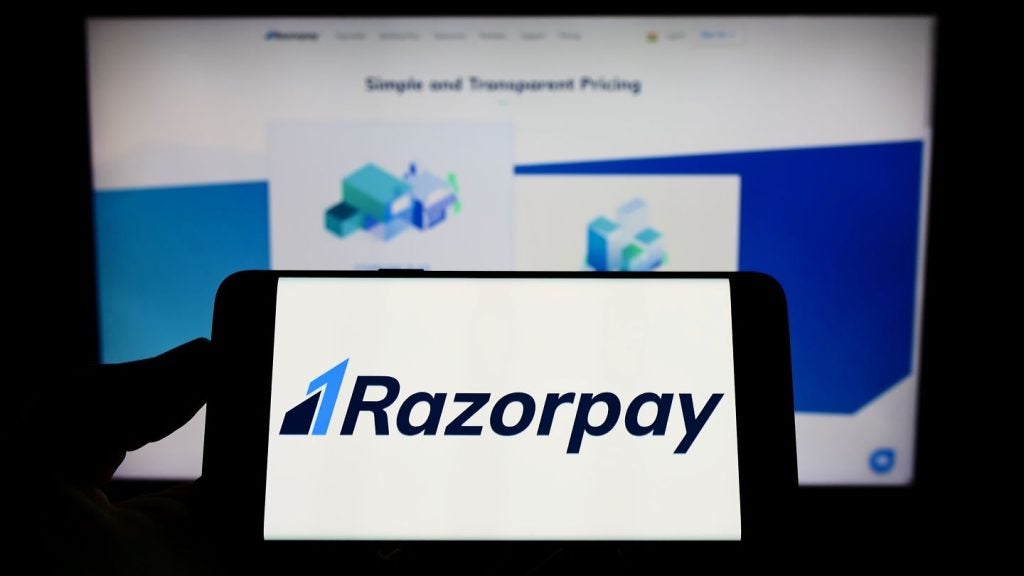
Business activity stopped, and virtually all travel and entertainment (T&E) card spending disappeared overnight. As Europe gradually reopens, Sebastian Andreescu asks: can we expect all aspects of business to re-emerge, or will previously extensive business T&E spend be permanently reduced?

Needless to say, a permanent reduction of such a level would reshape one industry from its roots: the commercial cards industry.
The future cannot be all that gloomy; certainly there will be travel, and such travel will increase in the years to come. However, commercial card issuers are tasked with protecting their pre-pandemic income statements. As T&E was the key positive influence for most of these income statements, a new way of thinking and acting is becoming a matter of selfpreservation.
In June, a poll of Global Business Travel Association member companies showed that only 12% of corporates intend to fly overseas in the next three months. Meanwhile, the latest advice from the UK government clearly states that even upon the gradual reopening of work spaces, companies should use remote working tools as much as possible to avoid in-person meetings, also with people from outside your organisation.
Commercial cards to reshape offering
If we are anticipating a future where, at least for the mid-term perspective, fewer deals are struck in a packed restaurant, combined with a reduced desire for work travel, the need for commercial cards to reshape their offering is unavoidable.

US Tariffs are shifting - will you react or anticipate?
Don’t let policy changes catch you off guard. Stay proactive with real-time data and expert analysis.
By GlobalDataCredit cards as a mode of payment originates from T&E, and has developed ever
since. On the personal credit card side, in many markets, it quickly evolved to be the most common payment outlet for any type of purchase – with fintech swiftly solving any gaps in card acceptance.
Commercial cards developed in a very different way. B2B suppliers were not as eager to become card merchants and had a strong preference to stick to traditional bank transfers, thereby cementing T&E as the key revenue creator for issuers.
When commenting on business performance during the pandemic, Amex CFO Jeffrey Campbell stated that T&E represented around 30% of its proprietary volumes in 2019.
Difficult to strategise in this climate
But what should the commercial card sector do now? As is the case for many other industries, everything they knew has been turned on its head, and it is difficult to strategise around a world that is soon ‘going back to normal’.
If you look at all areas of corporate expenditure, T&E makes up a proportionally small part. It would make sense for commercial card companies to take ownership of other spend, such as supplier payments, where huge transactions are made by the millisecond, everywhere in the world. The issue is that today, card acceptance within the B2B value chain is less than 20% worldwide.
Solving this can be attempted by investing significantly in sales teams to essentially knock on the doors of the remaining 80% of businesses out there and convince them of the benefits of accepting cards. This has been trialled for decades before, and while some claim success, acceptance rates remain low.
Diversifying away from T&E
Another strategy is to take advantage of technology that is already here, and promote to customers the use of third-party companies that remove the acceptance conundrum.
Already today, services like Billhop facilitate payments using cards for any invoices, without the need to onboard the end user, thus card enabling 100% of supplier payments. Working together with companies like Billhop, commercial card issuers can truly promote use of their own products as a working capital solution, and as the enabler of more efficient payment processes.
Realigning rewards programmes
This is a great way to diversify from T&E and overcome the problem with low card acceptance in the B2B value chain. At the same time, it avoids the need for commercial card issuers to spend years and much capital on development and implementation. They simply need to team up with existing technology providers and distribute it as part of their card offering.
Another opportunity for credit card companies to ensure retention and increased switching is to realign reward programmes to fit new financial drivers. With business travel at risk of being out of fashion in the mid-term, air miles will no longer be desirable enough as an incentive.
Just as consumer card issuers have done for consumers since the start of the pandemic, rewards programmes for businesses will need to transition to fit new needs. This could involve a higher level of personalisation based on a company’s actual transactions, with discounts and cashbacks being introduced. Similarly, it could also be beneficial to enable easy structures for companies to convert bonus points from corporate spend on cards into attractive employee perks, specifically tailored to employees’ needs and lifestyles.
The pandemic has brought a historic level of turmoil to the credit card industry, but if done the right way, we may well look back at this period as one that uncovered new opportunities: when commercial card solutions moved from dominating a single vertical to becoming a more diversified asset for both issuer and end user.







